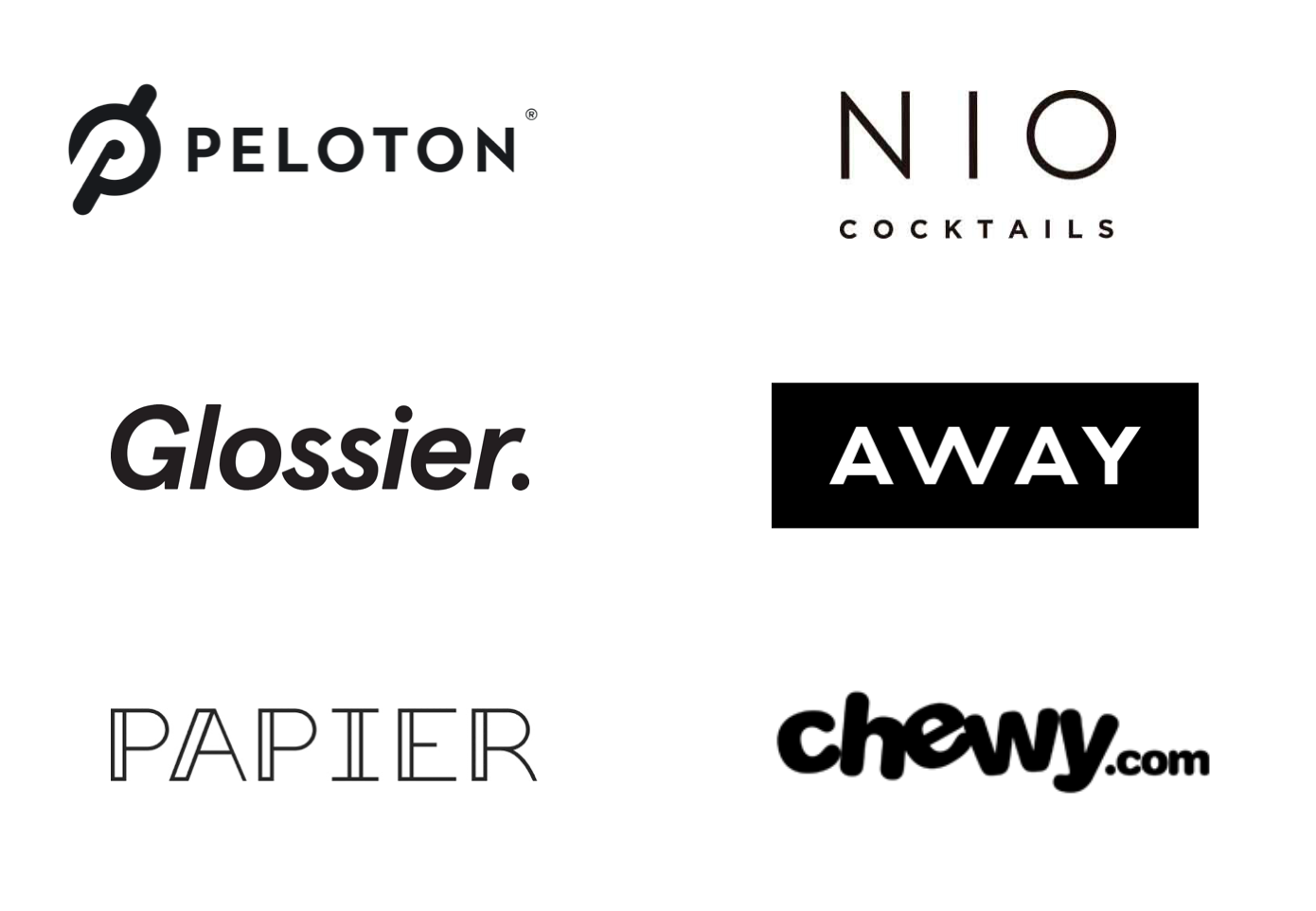Connected TV is changing the way scale-ups advertise

Analysis
Escaping reality has been the forced pastime of 2020. We have been scrolling, watching TV and shopping online more than ever. Boredom, as much as anything, has opened people up to discoveries, giving direct-to-consumer brands more chance to disrupt the status quo.
It’s also been good news for connected TV and video-on-demand advertising. Despite a climate of deep ad-spending cuts, both have surged in growth. Between a desire for new things and an effective way to let people know they exist, scale-up brands are seizing the moment.
Social media ads were once the engine of direct-to-consumer growth. But with rising costs on Google and Instagram (/Facebook), connected TV might be proving effective at wider audience growth. Here’s a quick analysis of why connected TV might be finally coming of age:
Brands can finally buy TV media in a targeted and attributed way.
At the heart of this has been the rise of ‘addressable TV’. Similar to Facebook and Google, addressable TV works like any other digital platform, using data to serve ads only to desired audiences and the ability to serve different ads to different households watching the same content. Ads can be tracked, measured and attributed to on-site traffic right through to sale. The targeting can even include specific location data, mapped to a retail or distribution footprint, right down to the individual storefront.

Brands can reach broader audiences and still maintain a premium.
Subscriptions to Netflix and Amazon Prime are skyrocketing. Disney+ launched to record new sign-ups, and even Apple TV emerged as a dominant player. Together they will spend more than NASA on original content this year. And it’s ad-free. As a result, people are defecting away from linear TV (especially with less ‘event’ TV and sports) towards streaming services. Using the catch-up platforms of the broadcasters (ITV, Channel 4, 5 and Sky) means that you only place ads when a viewer is fully engaged in lean-back content, usually on the big screen. In most cases, the viewer can’t skip the ads and will watch a shorter, more relevant ad break end to end.

It integrates the unnecessary silos of ‘brand’ and ‘performance’ marketing.
Using the same data sets can allow a brand to create a layered campaign effect, bringing together TV and paid-social to achieve far greater reach and impact then either channel can alone. Advertising, product, brand and sales can be treated as one joined-up digital ecosystem, being measured, balanced and optimised in real-time. Furthermore, the gap between awareness and purchase closes as the user moves from a broadcaster VOD app, to say Instagram where the ads can be ‘shopped’. Indeed in the US, broadcaster VOD is already directly shoppable with Comcast (and presumably then coming to Sky in the UK soon…).
It builds scalable communities around a brand for long-term value.
Getting past the ‘first-best’ customers for any new brand is the challenge. New ventures need to prove that new customers will come with the potential for recurring revenue, not just attracted by VC-subsidised pricing. Because addressable TV can use a range of 3rd-party data sets (based on postcode, e.g. Experian, Axciom, Mastercard etc.), the ability to discover larger groups of like-minded people becomes possible.

Small experiments can drive significant results.
A deflated media market is addressable TVs advantage because the cost-per-thousand is lower across every form of advertising right now. New advertisers in the past could only afford the mass eyeballs of unsold bus sides, cheap posters (in London only) and daytime TV. Now they can afford to reach large relevant audiences nationwide and sit in the right in the middle of premium programming environments alongside other desirable brands.
All this comes with a warning.
As with early social media advertising, scaling brands gain from spotting emerging ad trends and catching the wave of lower costs. Using connected TV is helping brands with strong and aspirational convictions find valuable new audiences. How long this lasts will be dependent on how quickly the entire advertising market catches up.





